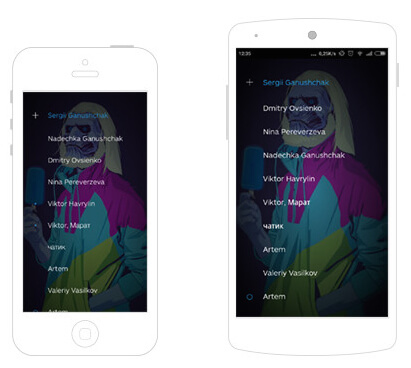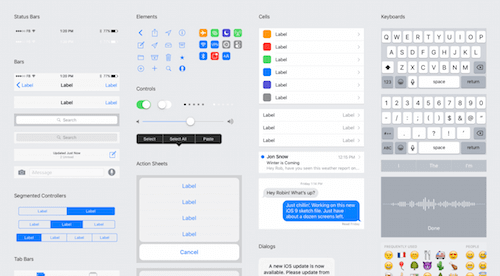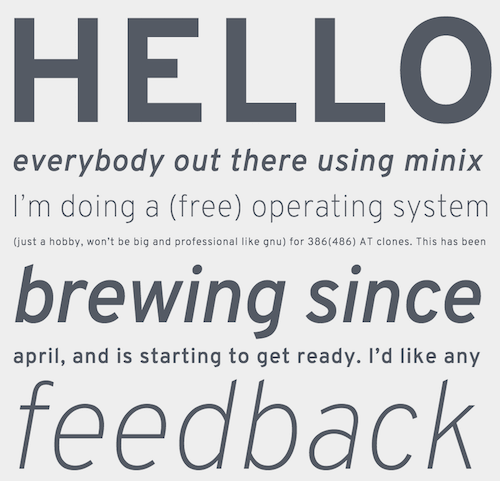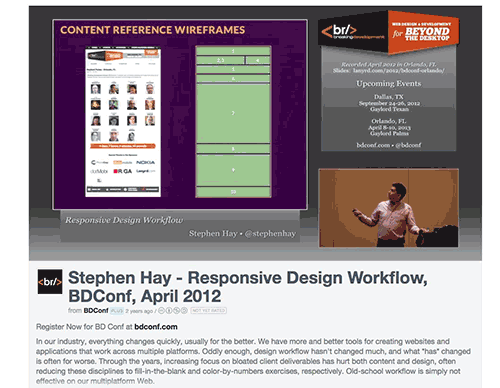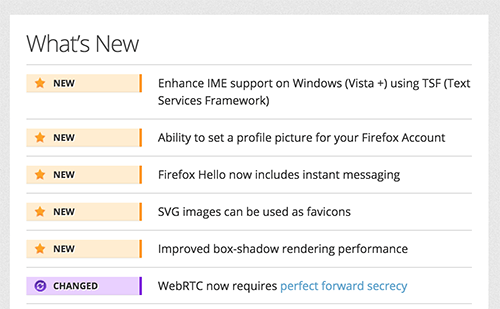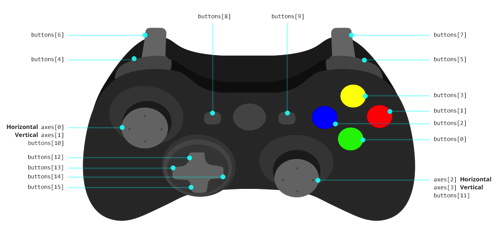A company proves that it has a strong creative process by developing successful products repeatedly. We see this in companies like Apple, BMW and Google. Founders such as Steve Jobs formed a corporate culture with an intense focus on creativity and design. This culture highlights two core elements in the creative process: the ideas and the team.

The creative process can be described in one sentence: Ideas begin with a small team of creative people at the heart of the company who communicate easily with each other.
The post Design Principles To Evaluate Your Product appeared first on Smashing Magazine.
Powered by WPeMatico






